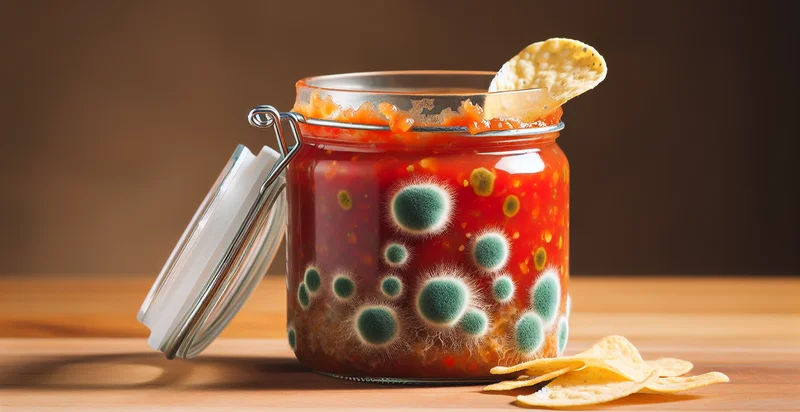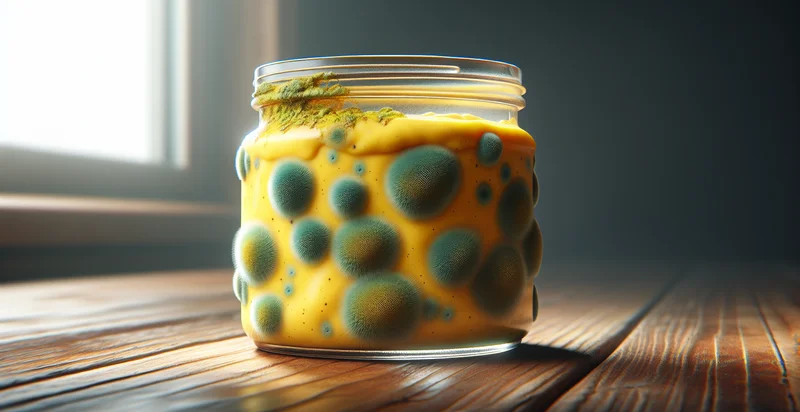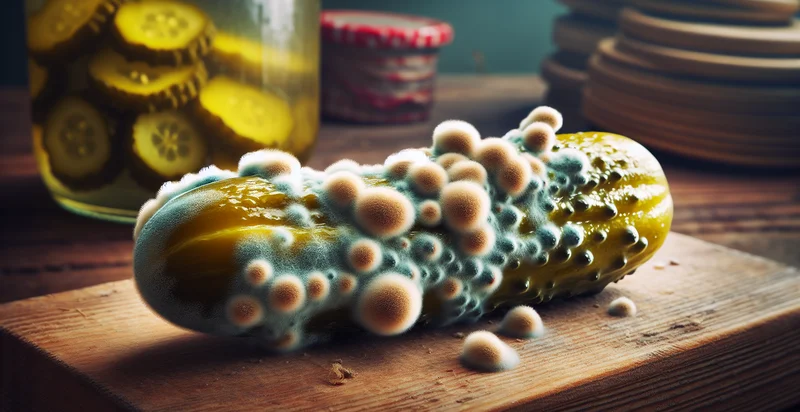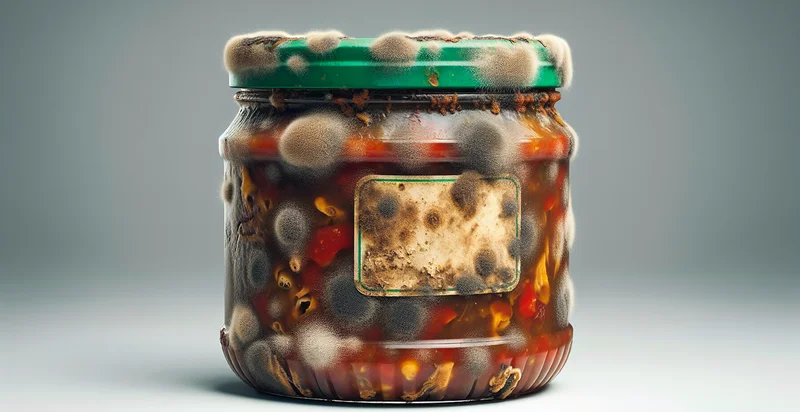Identify if salsa is moldy
using AI
Below is a free classifier to identify if salsa is moldy. Just upload your image, and our AI will predict if salsa is moldy - in just seconds.

Contact us for API access
Or, use Nyckel to build highly-accurate custom classifiers in just minutes. No PhD required.
Get started
import nyckel
credentials = nyckel.Credentials("YOUR_CLIENT_ID", "YOUR_CLIENT_SECRET")
nyckel.invoke("if-salsa-is-moldy", "your_image_url", credentials)
fetch('https://www.nyckel.com/v1/functions/if-salsa-is-moldy/invoke', {
method: 'POST',
headers: {
'Authorization': 'Bearer ' + 'YOUR_BEARER_TOKEN',
'Content-Type': 'application/json',
},
body: JSON.stringify(
{"data": "your_image_url"}
)
})
.then(response => response.json())
.then(data => console.log(data));
curl -X POST \
-H "Content-Type: application/json" \
-H "Authorization: Bearer YOUR_BEARER_TOKEN" \
-d '{"data": "your_image_url"}' \
https://www.nyckel.com/v1/functions/if-salsa-is-moldy/invoke
How this classifier works
To start, upload your image. Our AI tool will then predict if salsa is moldy.
This pretrained image model uses a Nyckel-created dataset and has 2 labels, including Salsa Is Moldy and Salsa Is Not Moldy.
We'll also show a confidence score (the higher the number, the more confident the AI model is around if salsa is moldy).
Whether you're just curious or building if salsa is moldy detection into your application, we hope our classifier proves helpful.
Related Classifiers
Need to identify if salsa is moldy at scale?
Get API or Zapier access to this classifier for free. It's perfect for:
- Food Safety Inspection: The 'if salsa is moldy' identifier can be used by food safety inspectors to verify the quality of salsa in restaurants and food processing facilities. This automated image classification can streamline inspections, ensuring compliance with health regulations and minimizing the risk of foodborne illnesses.
- Grocery Store Quality Control: Supermarkets can implement this technology to assess the freshness of salsa products before shelving. By identifying moldy salsas, stores can reduce waste and improve customer satisfaction by ensuring only high-quality products are available for sale.
- Home Kitchen Assistant: A mobile app could integrate the moldy salsa identifier to help consumers evaluate the freshness of their homemade or store-bought salsa. By simply taking a picture, users can receive immediate feedback on whether their salsa is safe to consume, enhancing food safety in domestic kitchens.
- Ingredient Supplier Oversight: Ingredient suppliers for salsa production can use this image classification function to monitor the quality of salsa during shipment and storage. Early detection of mold can help suppliers take corrective actions, ensuring that only safe, quality ingredients reach manufacturers and consumers.
- Online Food Delivery Services: Delivery platforms can utilize this identifier to ensure that salsa products being shipped meet quality standards. By checking for mold before dispatch, companies can improve customer trust and reduce complaints related to food quality.
- Salsa Production Automation: Salsa manufacturers can incorporate the mold detection system into their production lines to automate quality control. This can significantly decrease the risk of moldy salsas reaching consumers while also enhancing overall operational efficiency.
- Educational Food Safety Training: Culinary schools and food safety training programs can use this technology as a part of their curriculum. By teaching students to utilize image classification for food safety, they will better understand the importance of proper inspection techniques and standards in food preparation.


